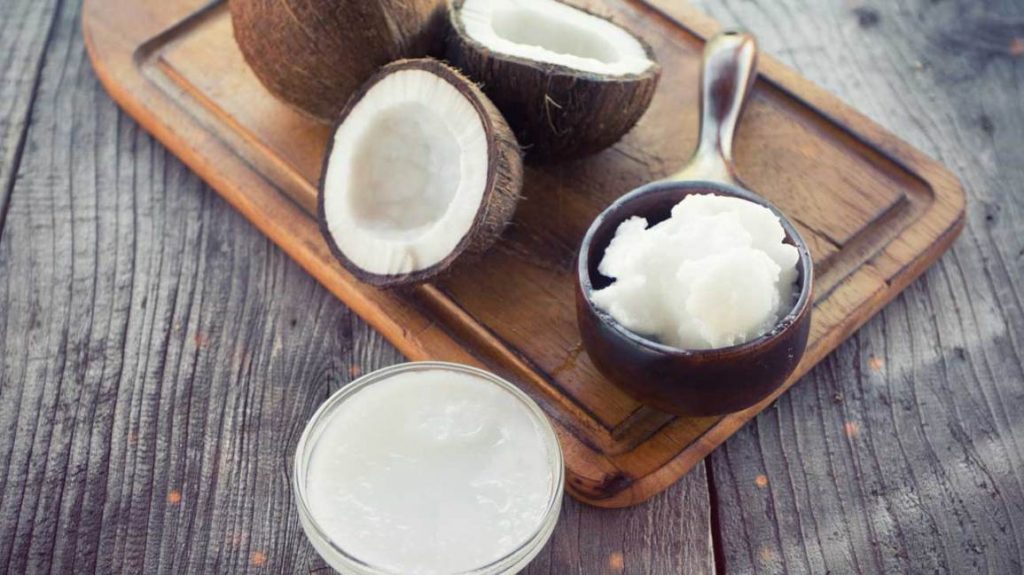We are long past the era of cooking with vegetable oils. In the past several years, the Western World is more and more aware of the benefits of healthy cooking and healthy baking. With that in mind, coconut oil is one of the healthiest ingredients you can use in baking. But it is not as simple as add 1 cup of coconut oil. There are some things you need to know about coconut oil, just so that your baking goods are tasty, healthy, and perfectly cooked.
In vegan desserts, coconut oil is a staple product. But you do not have to follow a certain diet to reap the benefits of coconut oil. You can add the ingredient in all your cakes, muffins, cookies, and other baking goods. With that in mind, here are some things you need to know about the product.
Coconut oil melts at 76 Degrees Fahrenheit
Coconut oil comes in two different forms: liquid, or solid. Other cooking oils usually come only in liquid form, but coconut is available in solid as well. The form of the coconut oil depends on the temperature in the room/storage you keep it. Coconut oil is solid and firm when it is stored at below 76 °F. However, at higher temperatures, it will melt into a liquid. That means when you want to cook, melt it before usage.
Coconut oil can act as a substitute
Coconut oil is one of the best substitutes for any other vegetable oils. We mentioned previously that coconut oil is a healthy oil for cooking, and that means you should try and use it more.
What makes coconut oil such a great substitute is you can use it in 1:1 ratio. That means you can use it as a substitute for butter, vegetable oils, olive oil, or canola oil. No matter the type of fat that a recipe commands, you can use equal amount of coconut oil.
Grease baking pans
Coconut oil has a relatively high smoke point. That makes the oil a great ingredient for greasing cake pans, baking dishes, or even muffin tins. For this process, it is best that you use a pastry brush or paper towel. This will help you spread the coating over the surface.
Solid coconut oil is great butter substitute
When it is in its solid form, coconut oil is a great substitute to butter. The oil takes the same texture. Remember, you need temperature below 76 °F to keep the coconut oil in solid form. Always use room temperature coconut oil for a butter substitute.
For example, when you make the pie crust, never use liquid form of coconut oil. The chilled and solid form should be cut into the flour in the same way you cut butter in.
Always use room temperature ingredients
When cooking and baking with coconut oil, one of the most important aspects is the temperature of other ingredients. For example, you cannot use cold ingredients with coconut oil. In that case, the oil can seize up and coagulate.
Therefore, if there are any ingredients stored in the fridge, bring them to room temperature, and then mix them with coconut oil. This applies mostly for ingredients like milk and eggs.
Different taste
One of the best things about coconut oil is that you can easily control the coconut flavor. The different type of oil can bring a different type of taste.
For example, unrefined coconut oil, often called virgin, retains the distinct odor and flavor of coconut. That is because the oil is extracted from fresh coconut meat and goes through minimal processing.
When you use refined coconut oil, the coconut odor and flavor are often removed. That is because refined coconut oil is extracted from dried coconut meat, and then goes through a high-heat processing method.
References:
http://www.easy-vegetarian-diet.com/coconut-oil.html
https://www.organicfacts.net/health-benefits/oils/health-benefits-of-coconut-oil.html
http://thecoconutmama.com/how-to-cook-with-coconut-oil/
https://www.buzzfeed.com/rachelysanders/coconut-recipes
https://www.webmd.com/diet/features/coconut-oil-and-health#1

